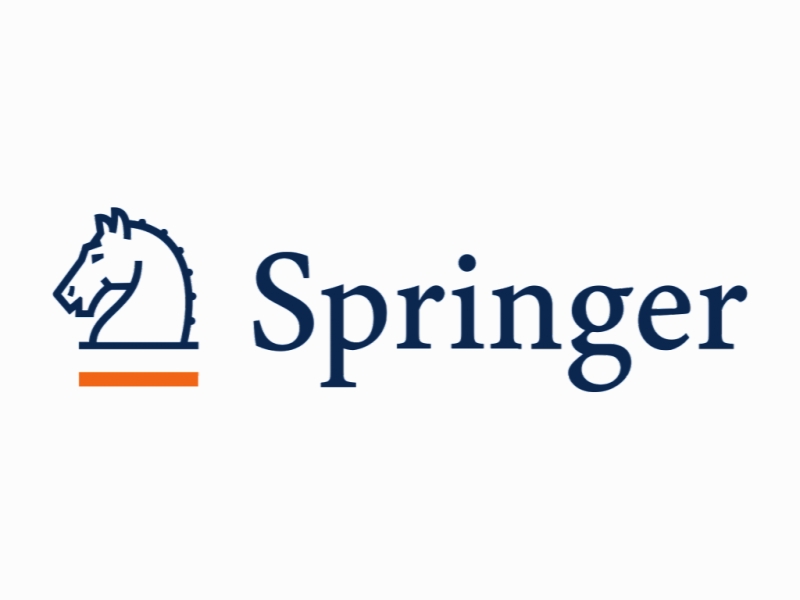توانمندی های فرآیند دانش و نوآوری: تست اثرات تعدیل کننده پویایی محیطی و انعطاف پذیری استراتژیک Knowledge process capabilities and innovation: testing the moderating effects of environmental dynamism and strategic flexibility
- نوع فایل : کتاب
- زبان : انگلیسی
- ناشر : Springer
- چاپ و سال / کشور: 2018
توضیحات
رشته های مرتبط مدیریت
گرایش های مرتبط مدیریت دانش، مدیریت کسب و کار، مدیریت عملکرد
مجله تحقیق و تمرین دانش مدیریت – Knowledge Management Research & Practice
دانشگاه Bahcesehir University – Istanbul – Turkey
شناسه دیجیتال – doi https://doi.org/10.1057/s41275-017-0068-4
منتشر شده در نشریه اسپرینگر
کلمات کلیدی انگلیسی Knowledge process capabilities, Environmental dynamism, Strategic flexibility, Innovation performance
گرایش های مرتبط مدیریت دانش، مدیریت کسب و کار، مدیریت عملکرد
مجله تحقیق و تمرین دانش مدیریت – Knowledge Management Research & Practice
دانشگاه Bahcesehir University – Istanbul – Turkey
شناسه دیجیتال – doi https://doi.org/10.1057/s41275-017-0068-4
منتشر شده در نشریه اسپرینگر
کلمات کلیدی انگلیسی Knowledge process capabilities, Environmental dynamism, Strategic flexibility, Innovation performance
Description
Introduction Innovation research (Roy and Sarkar 2016; Tanriverdi 2005; Wu and Chen 2014; Yayavaram and Chen 2015) provided insightful findings that knowledge process capabilities (KPC) were highly associated with innovation performance of firms. However, several researchers (i.e. Anderson et al. 2014; Sirmon et al. 2011; Vera et al. 2016) state that studies which empirically examine the effects of contextual variables on this relationship are rare in the field. The dynamic capabilities (DC) view suggests that a specific resource and capability deployment and/or leverage can be contingent on the firms’ dynamic resource management capabilities along with the nature of the external environment. Therefore, the effects of these contextual variables should not be isolated from a research model in which a resource or a capability and organisational performance relationship is existent (Schilke 2014; Sirmon et al. 2011; Sirmon et al. 2007; Wei et al. 2014). According to the DC view, firms can adapt to a rapidly changing environment through developing strategic flexibility (Matthyssens et al. 2005; Wu and Chen 2014; Zhou and Wu 2010) and the effects of environmental dynamism (ED) and strategic flexibility (SF) can be a determining factor on organisational performance (Schilke 2014; Sirmon et al. 2008). Innovation performance was assessed through a number of dimensions in the literature. Especially, the number of patents and/or the number of new products were commonly used to assess innovation performance (Anderson et al. 2014; Latham and Braun 2009; Wang and Libaers 2016). Similarly, a performance measure such as the number of new product configurations was employed in this study (Terziovski 2010). A new work method or a process should be considered as a type of innovation in manufacturing industries since a new method or a process can substantially change the way that the main product is produced (Leiponen and Helfat 2010; Wang et al. 2016). Therefore, improvement in work methods and processes were used as another innovation dimension in this research. Performance should be associated with success. However, simply focusing on the numbers of new products and processes may produce artificial results on the way of assessing innovation success. For this reason, success of new products and speed to market were also used as other dimensions for innovation performance (Anderson et al. 2014; Terziovski 2010). Thus, consistent with the aims of the research and through a multi-dimensional performance assessment, this study reveals the separate and combined effects of KPC, ED and SF on the four dimensions of innovation performance: number of new product configurations, success of new products, speed to market and improved work methods and processes (Liu et al. 2015; Terziovski 2010).


